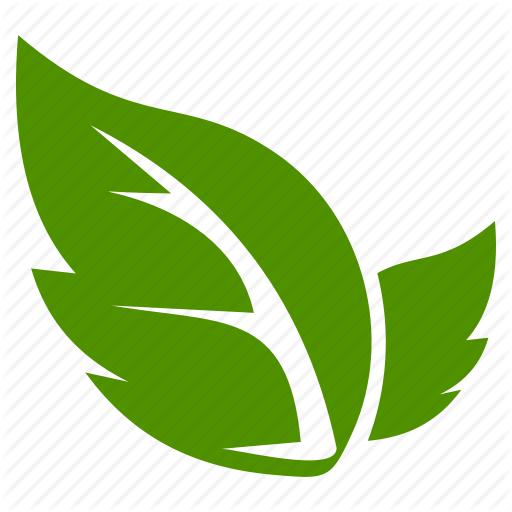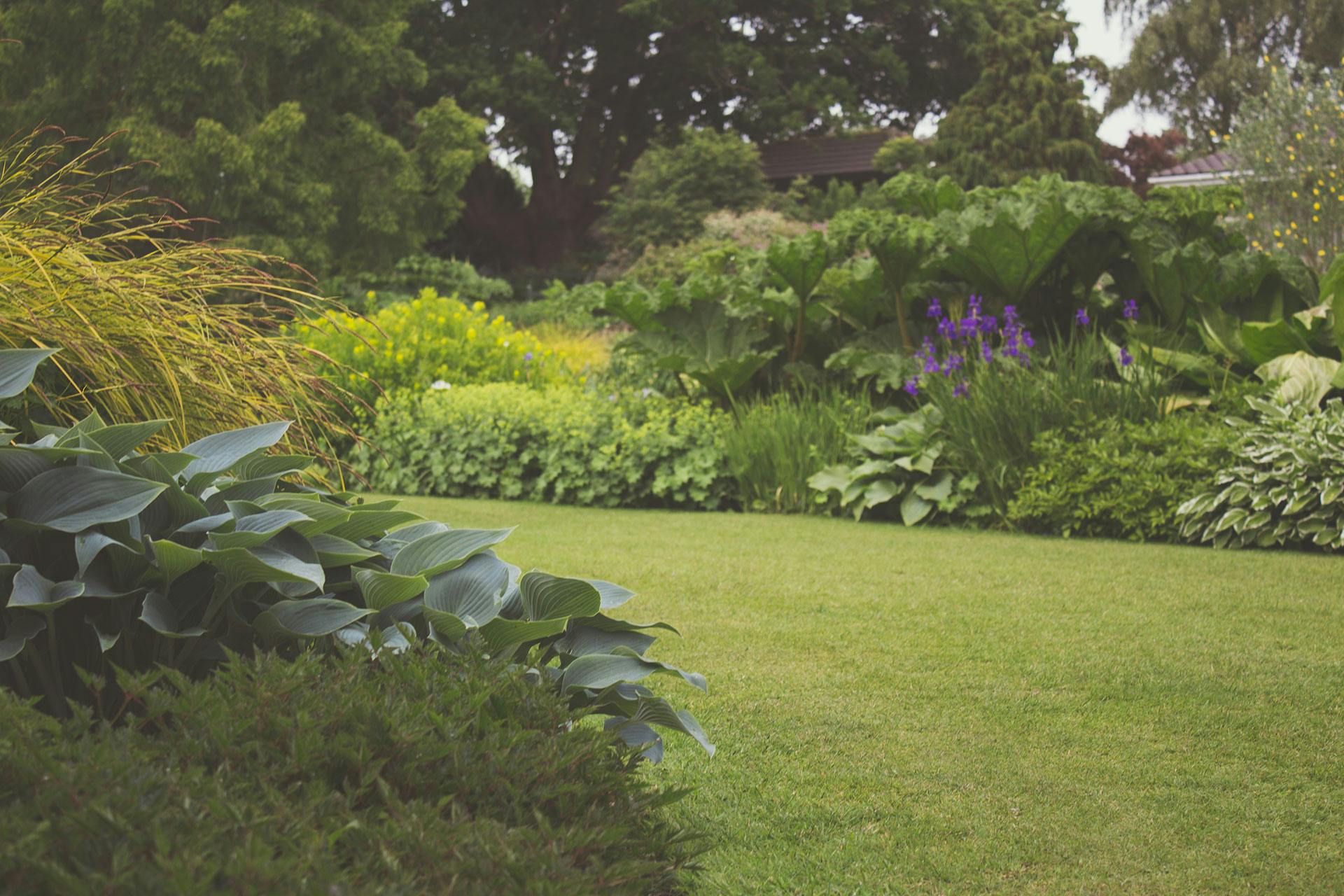A New Model for Lawns
The Typical Suburban Lawn
From a bird’s eye view, a generous amount of green patches can be seen in a typical suburban neighborhood. The herbaceous plants that form these patches are called grass. As a humanly inquisitive migrating bird flies above a desert, it thinks to itself, “How does grass grow here? This environment is hot and arid.” Little does the pondering petite avian know, humans have invented a device called a sprinkler. Ah yes, the item that is built to help maintain the aesthetic of yards. The primary purpose of the sprinkler is to hydrate grass, while ancillary uses of said tool include filling up waxy water balloons and cooling off congenial canines.
First invented in the 1800s, lawn sprinklers have existed for over 100 years. They started to become popular in the 1940s and 50s as more people moved from rural areas to the suburbs. People prefer looking at gorgeous grass over displeasing dirt. As social animals, humans possess a natural proclivity to care about what other humans think of them. Who wants to be the subject of gossip that labels them as lazy and inconsiderate? You don’t want a lawn that offends the eyes of passersby. You want a lawn that contributes to the pleasure of your fellow man.
Natural Replacements for Excess Grass
Although the points above are reasonable, one could inquire why yards in dry areas have grass in the first place. If sprinklers are needed for a section of grass to exist, then more water could be conserved if a native plant replaced the grass. For example, in areas that are warm and receive little rainfall, cacti and agaves would be excellent yard plants. The former can grow flowers like trees and the latter have an interesting shape.
At this point, you might be thinking, “Cacti are dangerous. Children and dogs may get hurt.” This type of thinking overlooks the fact that pain is an excellent teacher. Of course nobody wants kids and pets to be harmed. However, a child with an iota of intelligence, as well as a dog that is properly trained, will not accrue serious damage from seemingly dangerous plants, akin to how a child will touch a hot pot only once before he decides to never touch it again. Children and animals are smarter than many people give them credit for. We are wired to live. The instinct for survival is rooted in our DNA. Evolution favors adaptable species. The animals that kept “touching hot pots,” so to speak, no longer exist. Their genes ceased to be passed through generations.
Artificial Replacements
Another idea that could have been established years prior is the use of artificial grass. A disadvantage of using said grass is its toxicity. The most popular synthetic grasses pollute the environment when put on lawns. That’s fine. Eco-friendly fake grass exists. Sugarcane and soybean oil, natural items, are used to make the eco-friendly alternative to the sickening petroleum-based grass. Unlike real grass, artificial grass does not require the wasteful use of water for it to be maintained.
Concrete could be used to replace grass in desert areas, but could you imagine how uninspiring and dreadful neighborhoods would be if lifelessly gross slabs of cement replaced grass? We humans are visual creatures, we like to look at pretty scenery; clear oceans next to a tropical island, colorful hummingbirds drinking nectar from violet petunias, deciduous leaves during a cool, foggy autumn day. Excess concrete deadens the spirit.
A New Model for Lawns
Beauty has been valued by humans for millennia, as it represents life. Ugliness is associated with death and decay. Nature is stunning. It’s sensible to propose that, unless someone wants an structure like an underground swimming pool in their backyard, that the plants on a yard should reflect the ecosystem that said yard resides in.
For instance, if a neighborhood is in a grassland, then there should be grass on yards. Because it rains in grasslands enough for grass to grow naturally, sprinklers aren’t needed to maintain the grass. Residents would save money. If a neighbor is located in a forested area, then a handful of small trees per house wouldn’t hurt. If you’ve ever lived in a suburb, then you’re likely well aware that large yard trees have the potential to be problematic. What if a tree falls and destroys a fence? Or, alternatively, how would you like a root to damage your sewage pipes?
Should neighborhoods be constructed as mentioned above, then millions of gallons of water could be saved per year. Politicians and environmentalists occasionally bring up the fact that we need to preserve water. Do away with sprinklers – that would save an enormous amount of water and money. Incentivize real estate developers to build houses without sprinklers.

